Search Results
Filters
Advanced Search
2142 Results
-

FPGA Prototyping: Maximize Your Enterprise Debug Productivity
Webinar - Nov 11, 2016 by Stephen Bailey
In this session, you will learn how to maximize your enterprise debug productivity.
-

Industry Trends in Today’s Functional Verification Landscape
Webinar - Nov 11, 2016 by Harry Foster
In this session, you will learn more about today's industry trends in the functional verification landscape including static and dynamic verification.
-

Enterprise Verification Debug and Analysis
Webinar - Nov 11, 2016 by Stephen Bailey
In this session, you will learn how debug and analysis fits into a platform-based verification solution.
-
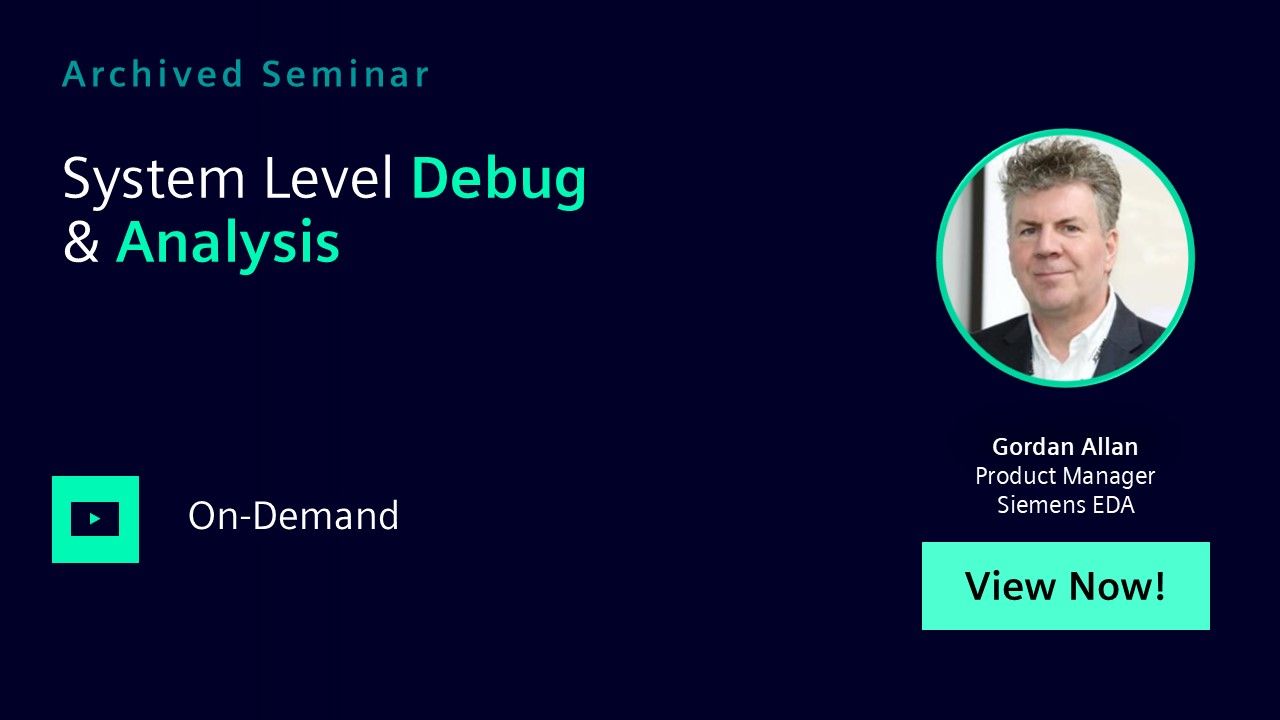
System Level Debug & Analysis
Seminar - Nov 11, 2016 by Gordon Allan
In this session you will learn why block level methods don't work for system level verification and why design bugs commonly escape all the way to the prototyping lab and the debug technology alternatives available to address them.
-

Enterprise Debug for Formal
Webinar - Nov 11, 2016 by Joe Hupcey
In this session you learn more about formal-centric enterprise debug.
-

Enterprise Debug for Simulation and Formal
Seminar - Nov 11, 2016 by Moses Satyasekaran
In this session, you will learn more about common debug challenges and modern debug solutions.
-
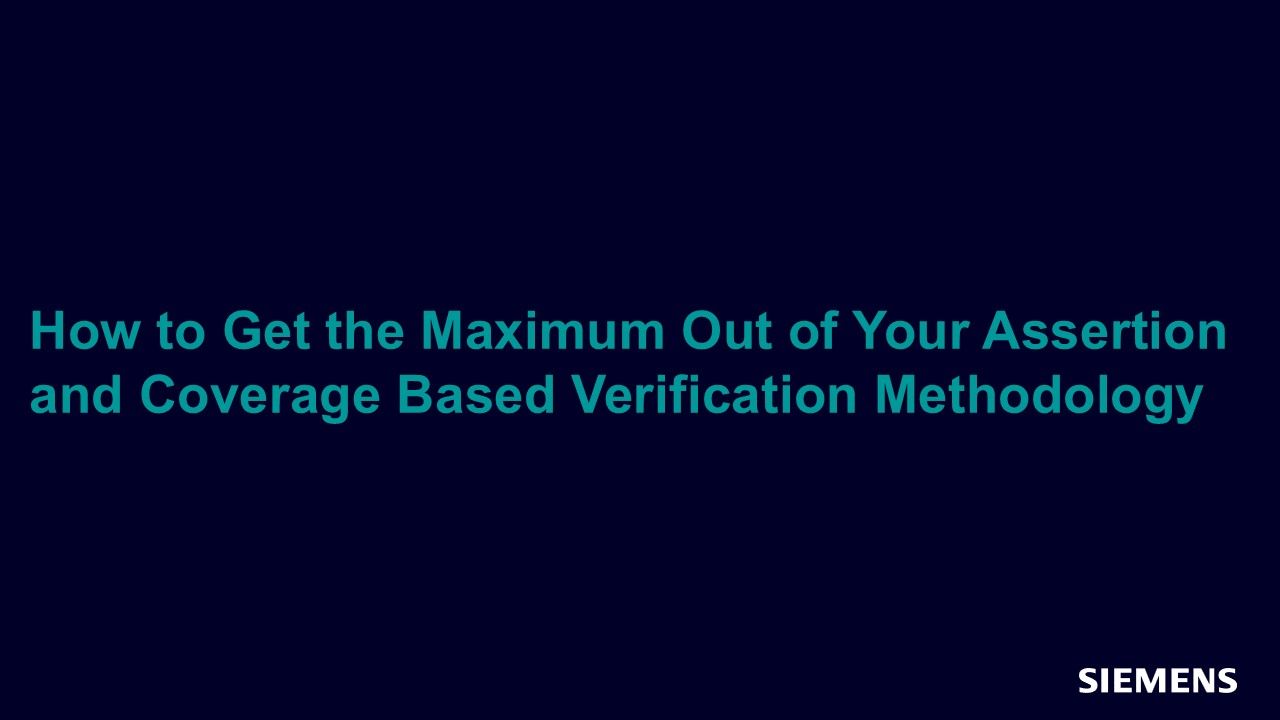
How to Get the Maximum Out of Your Assertion and Coverage Based Verification Methodology
Article - Nov 07, 2016 by Nitish Goel - Siemens EDA
Verification environments that assist with the right set of assertions and coverpoints not only increase the verification efficiency, but also aids the verification engineer to ensure that the functionality of the IP has been met according to design specifications. This article gives insight into how to capture assertions and coverpoints and how they should be written in order to achieve maximum design verification robustness.
-
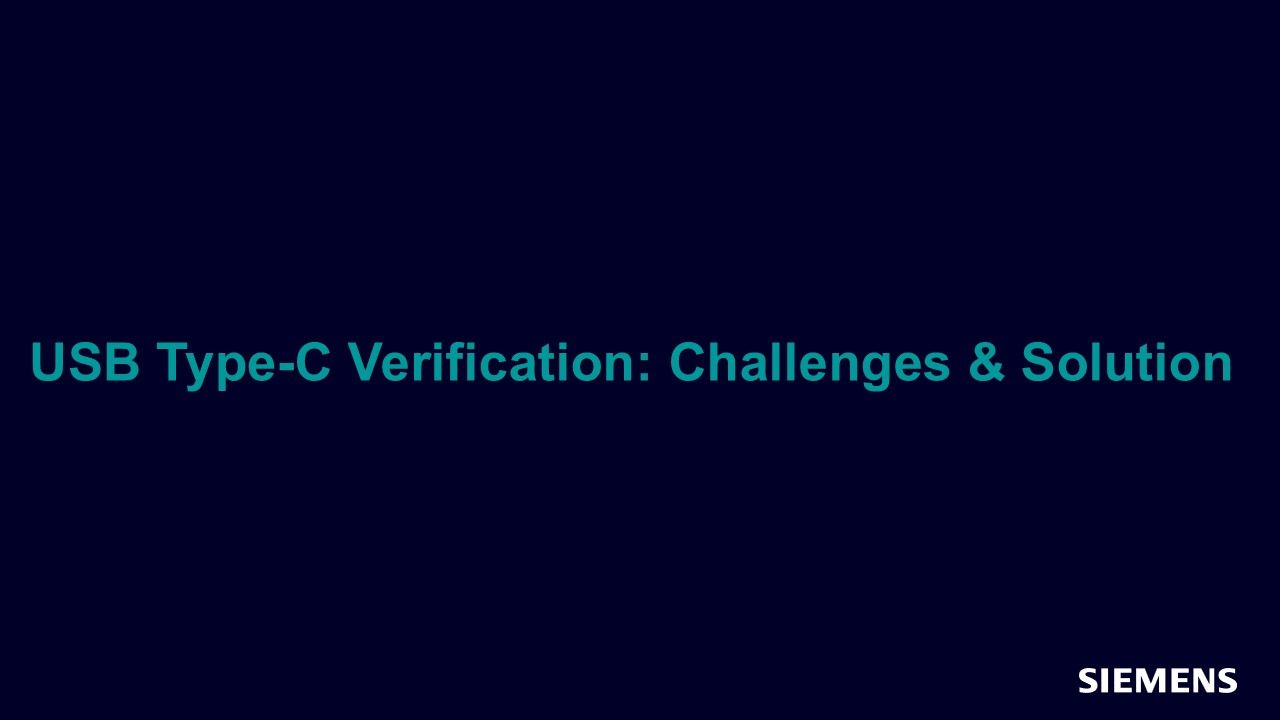
USB Type-C Verification: Challenges & Solution
Article - Nov 07, 2016 by Suraj Parkash Gupta, Zeeshan Yousuf - Siemens EDA
The standard USB connector that we are most familiar with is USB Type-A. Even as the USB data interface moved from USB1 to USB2 and then to USB3, the connector has remained the same. It is a massive connector and plugs in only one way.
-
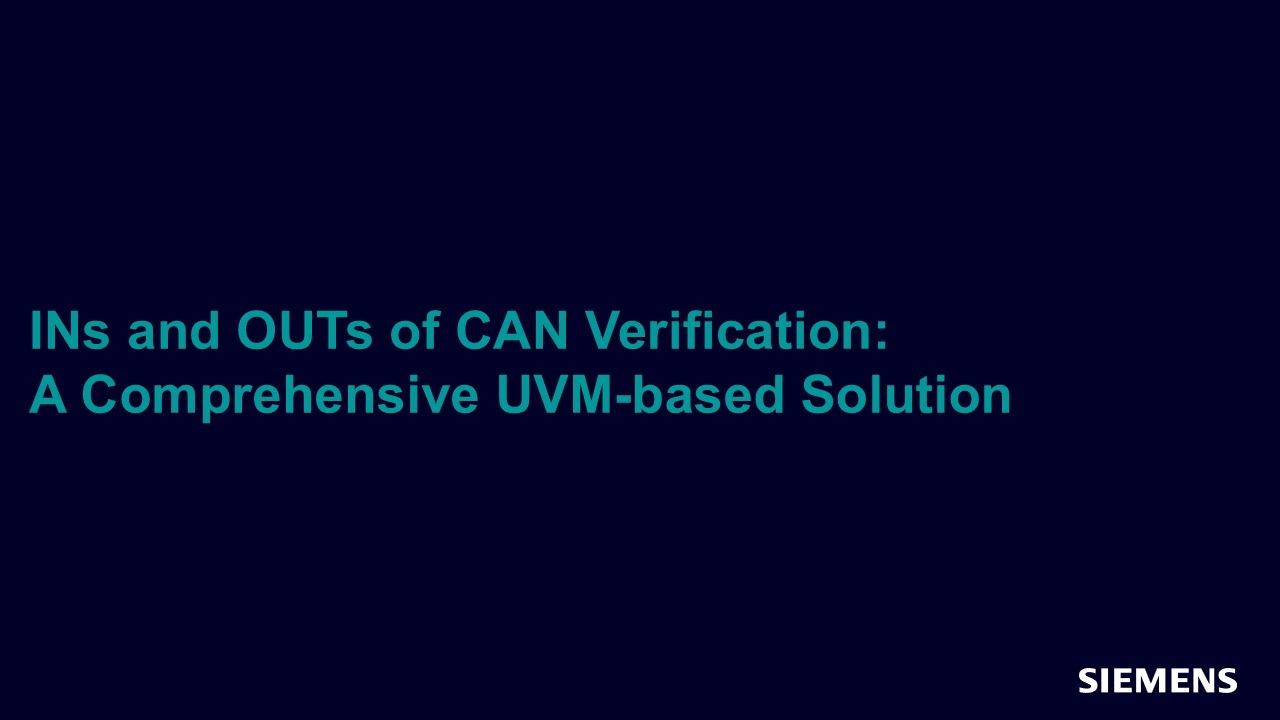
INs and OUTs of CAN Verification: A Comprehensive UVM-based Solution
Article - Nov 07, 2016 by Saumya Agrawal - Siemens EDA
Automotive vehicles are not only fast moving, but also have various systems comprising a variety of advanced technologies. Increasing complexities of these systems need much more sophisticated components and interactions. This article explains the challenges in the verification of a CAN node and how CAN Questa Verification IP combats those.
-
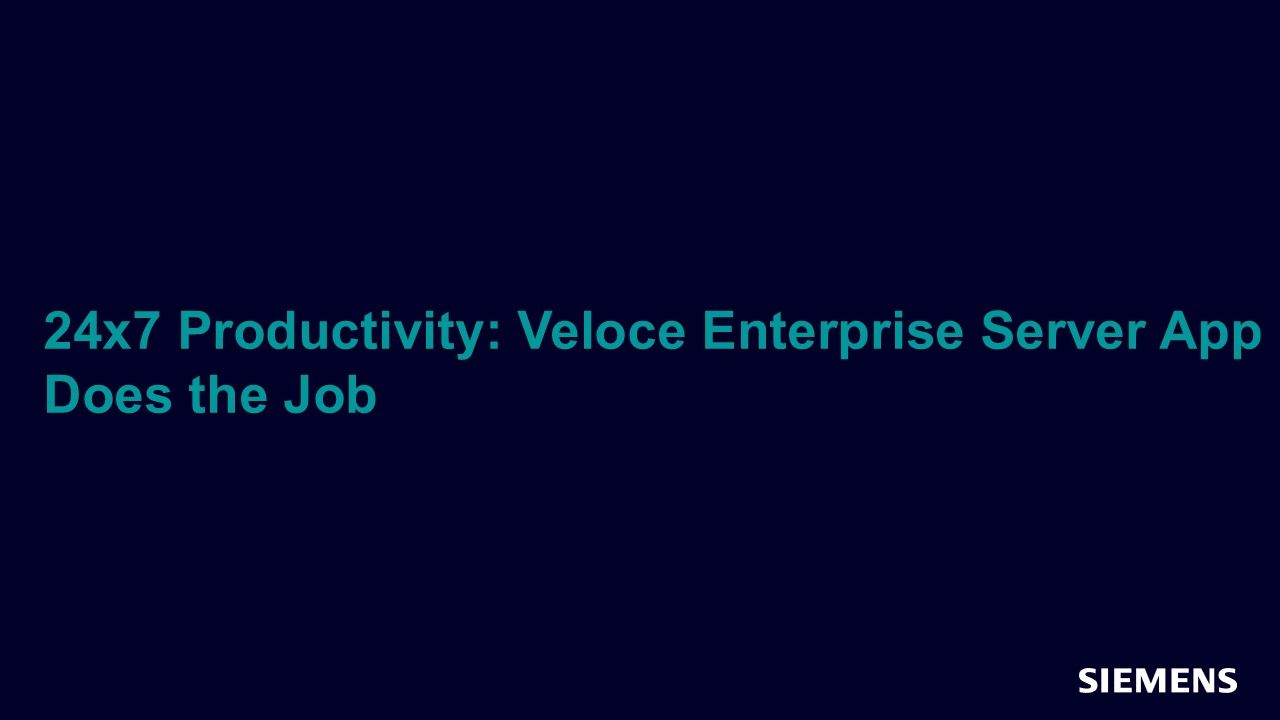
24x7 Productivity: Veloce® Enterprise Server App Does the Job
Article - Nov 07, 2016 by Vijay Chobisa
The way companies use hardware emulation has changed. Historically, emulators were used in a lab, at one location, executing one job at a time. Because of this, an emulator often sat idle. In this scenario, project scheduling for the emulator was done manually by allocating fixed time slots to project teams. An inherently inflexible and inefficient way to manage a valuable resource, especially for global teams.
-

Power Aware Libraries: Standardization and Requirements for Questa Power Aware
Article - Nov 07, 2016 by Progyna Khondkar
Multi-voltage (MV) based power-ware (PA) design verification and implementation methodologies require special power management attributes in libraries for standard, MV and Macro cells for two distinctive reasons.
-
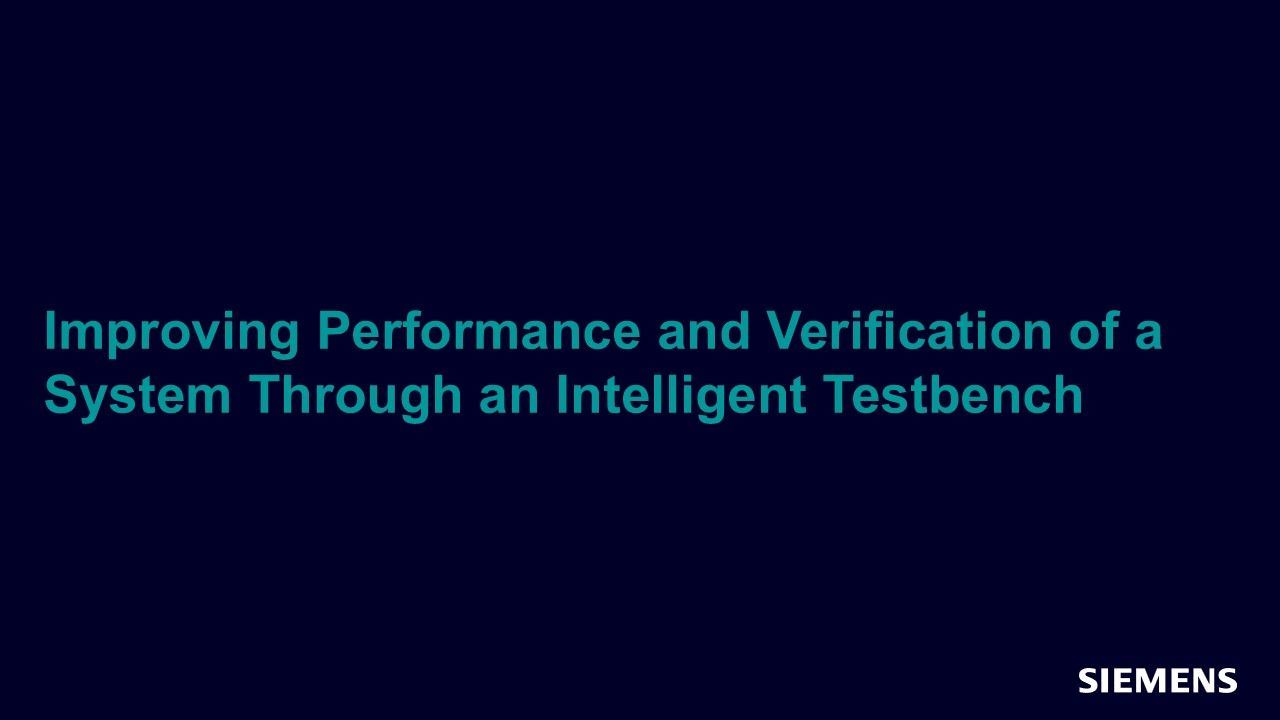
Improving Performance and Verification of a System Through an Intelligent Testbench
Article - Nov 07, 2016 by Umesh Patel, Dhaval Shah - Arastu Systems Pvt. Ltd.
The need for intelligent verification is the outcome of a two decade long pre-silicon verification process. Intelligent testbench automation, which is a supplement of intelligent verification, is a step closer towards achieving more confidence in design with minimal engineering effort. Applications today demand diverse functionality, which results in complex to very complex designs.
-
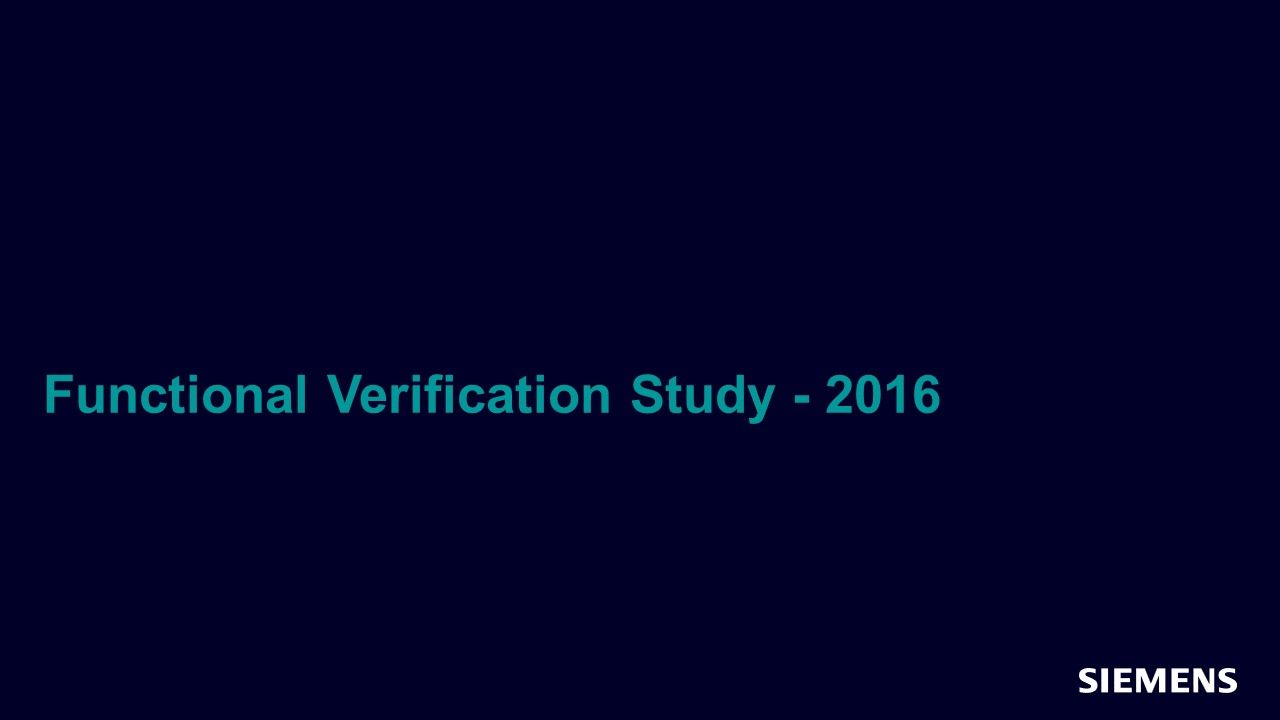
Functional Verification Study - 2016
Session - Oct 14, 2016 by Harry Foster
In this session, Harry Foster highlights the key findings from the 2016 Wilson Research Group Functional Verification Study, and provides his interpretation and analysis behind today's emerging trends.
-
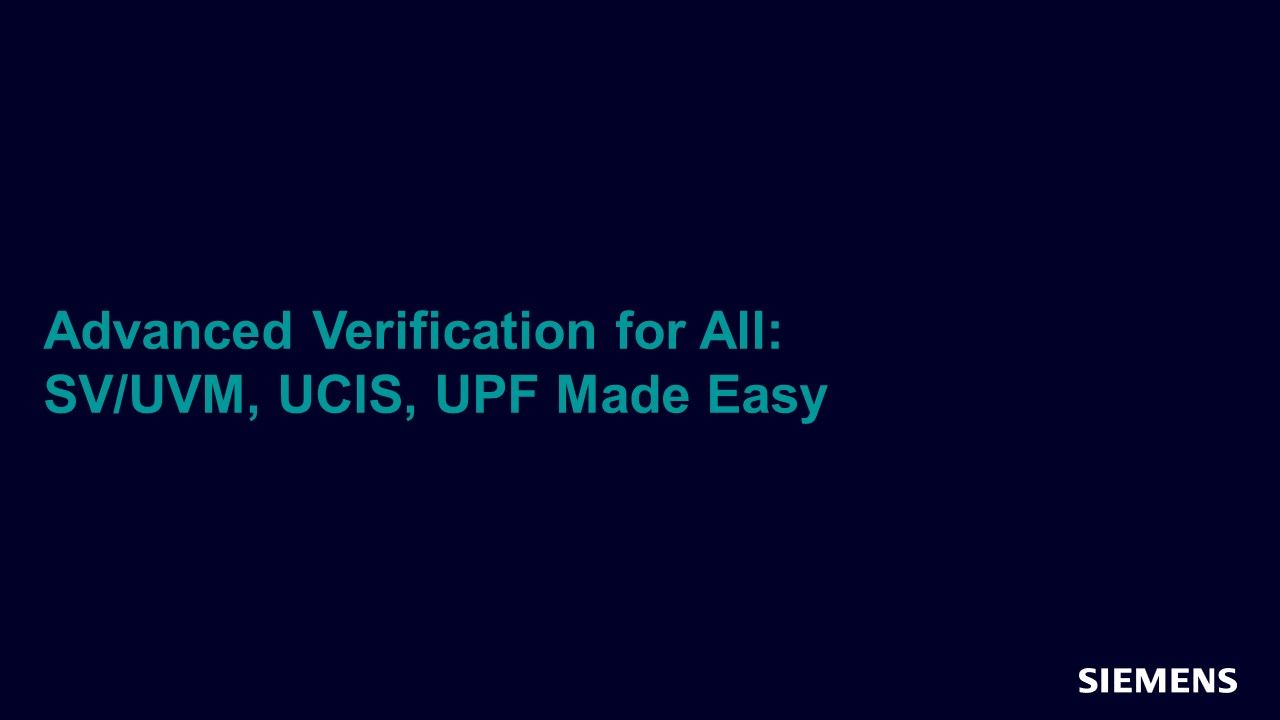
Advanced Verification for All: SV/UVM, UCIS, UPF Made Easy
Webinar - Sep 09, 2016 by Gordon Allan
In this session we will deliver five steps your team can take to improve first pass success, and how Questa enables your advanced verification goals every step of the way.
-
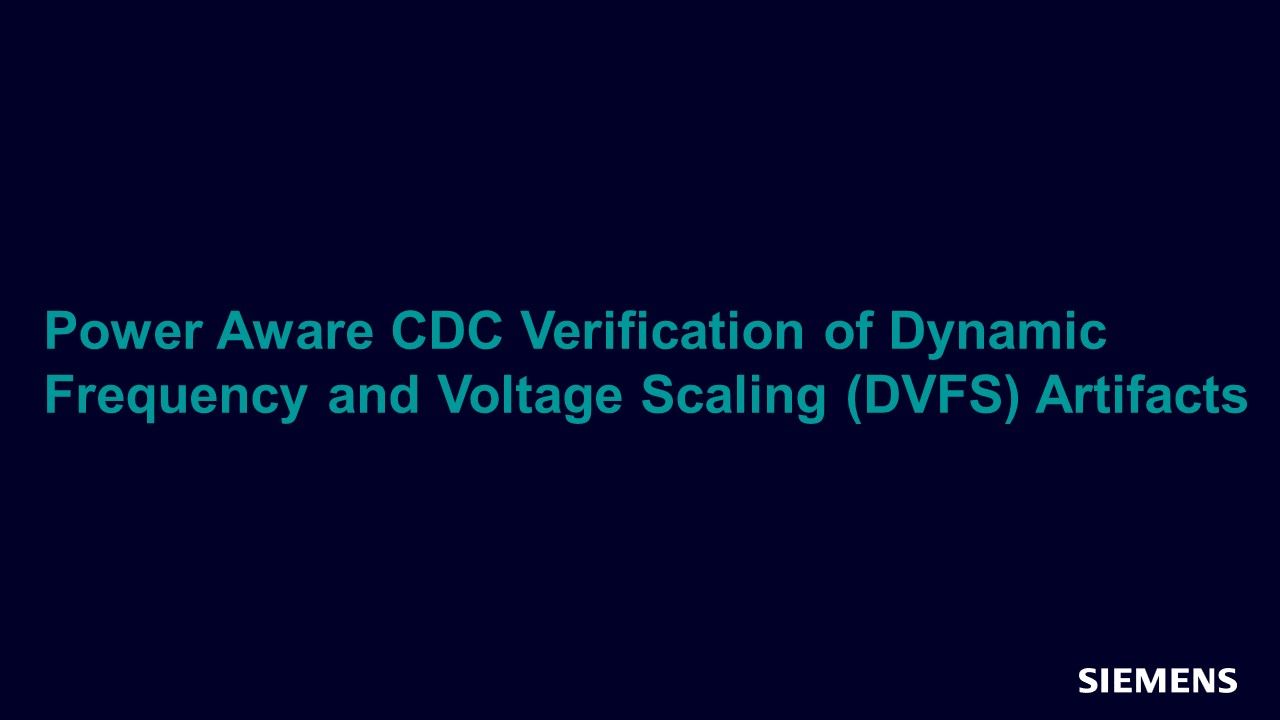
Power Aware CDC Verification of Dynamic Frequency and Voltage Scaling (DVFS) Artifacts
Paper - Aug 26, 2016 by Kurt Takara
In this paper, we begin by discussing the low power challenges for CDC design and verification including dynamic frequency and voltage scaling (DVFS). The following section describes the low power CDC verification methods and how these methods address the low power issues. Finally, we review some application examples for low power DVFS CDC verification.
-
Power Aware CDC Verification of Dynamic Frequency and Voltage Scaling (DVFS) Artifacts
Resource (Paper (.PDF)) - Aug 26, 2016 by Kurt Takara
With the advances in low power design, new low power artifacts have been introduced that cannot be detected with traditional verification techniques and may cause clock domain crossing (CDC) issues in silicon. This paper explains the new low power CDC issues and the CDC and voltage domain crossing (VDC) verification techniques developed to verify low power designs.
-
Extending a Traditional VIP to Solve PHY Verification Challenges
Resource (Paper (.PDF)) - Aug 26, 2016 by
-
Total Recall - What to Look for in a Memory Model Library
Resource (Paper (.PDF)) - Aug 24, 2016 by
-
SystemVerilog Code Examples
Resource (Tarball) - Aug 24, 2016 by Ray Salemi
-
Article: How to instrument your design with simple SystemVerilog assertions
Resource - Aug 24, 2016 by
-
SystemVerilog & UVM Coding & Performance Guidelines
Resource (Reference Documentation) - Aug 24, 2016 by
-
Technical Paper: A Scalable Approach for TLM Across SystemC and SystemVerilog
Resource - Aug 24, 2016 by
-
Technical Paper: Towards an Object-Oriented Design Methodology Using SystemVerilog
Resource - Aug 24, 2016 by
-
SystemVerilog Performance Guide
Resource (Reference Documentation) - Aug 24, 2016 by
-
SystemVerilog Assertions Design Tricks & SVA Bind Files (slide set 4)
Resource - Aug 24, 2016 by